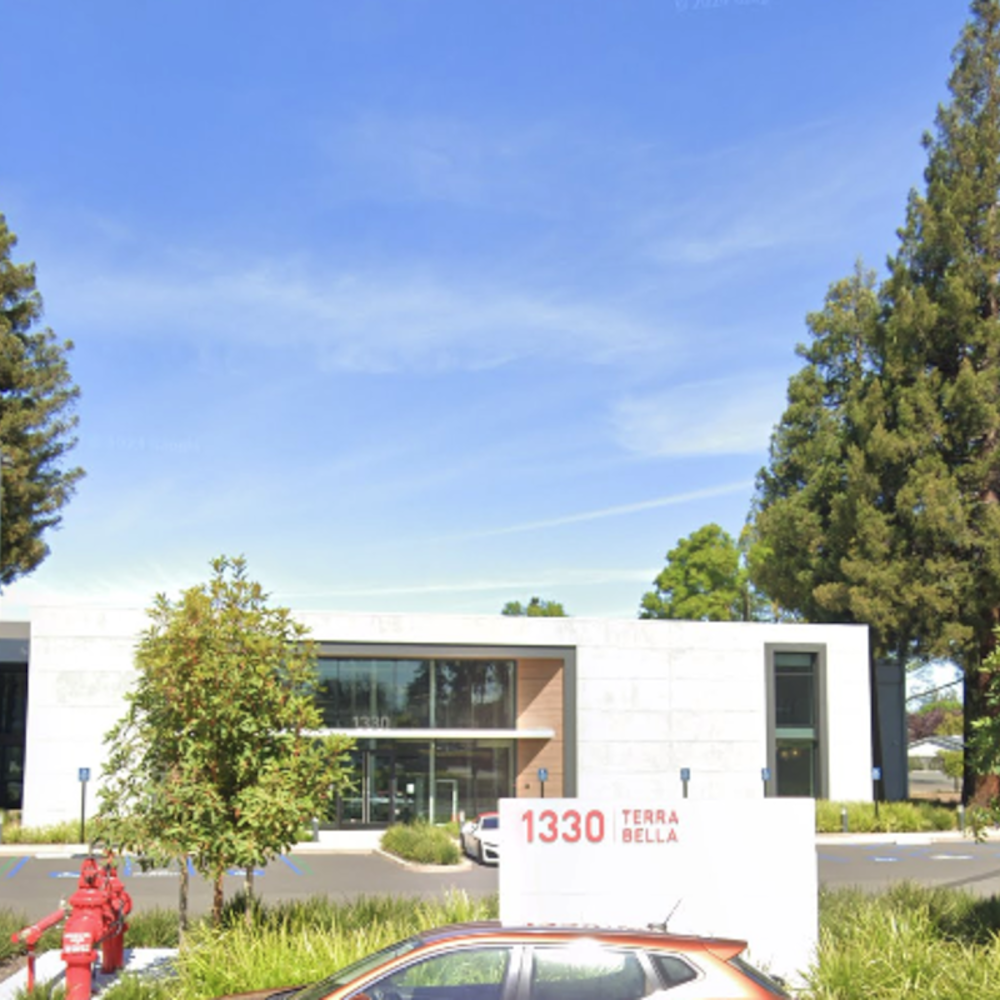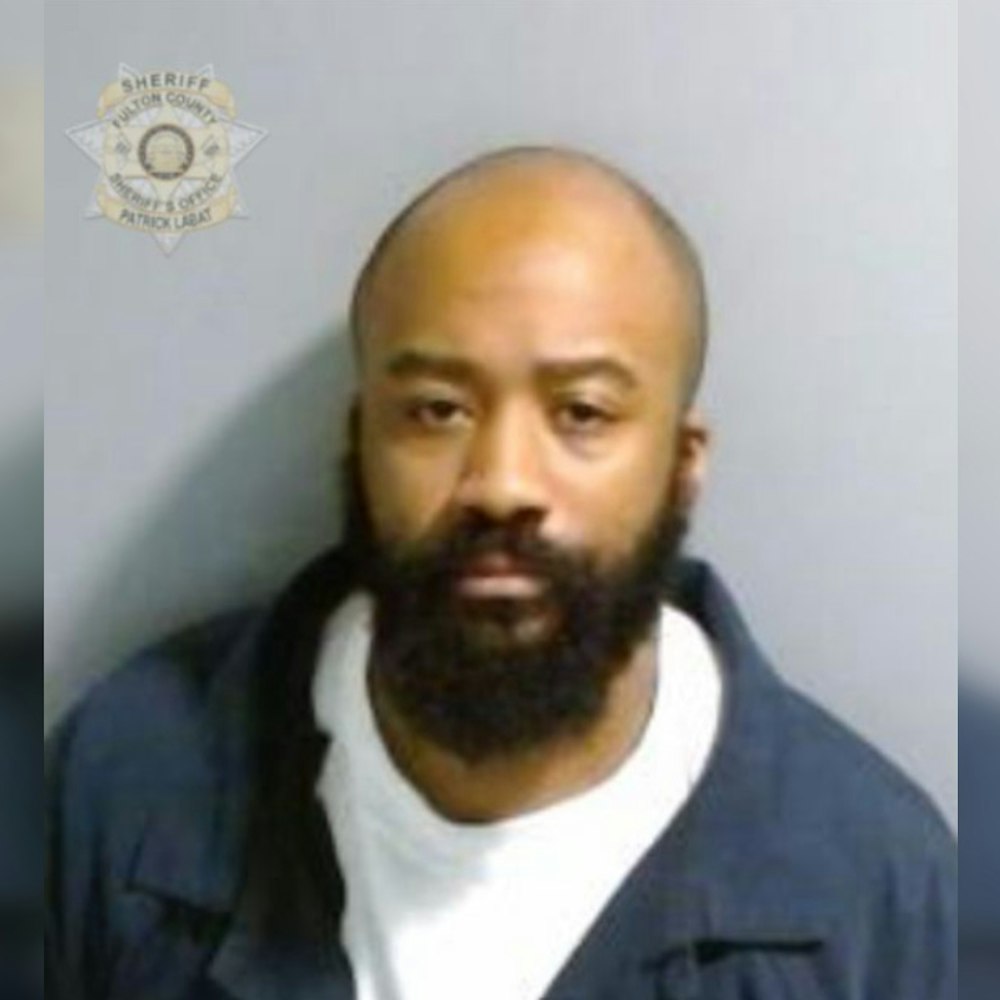
Elon Musk's Neuralink has kicked off clinical trials for its much-discussed brain implant device, with Phoenix's Barrow Neurological Institute playing host to this cutting-edge research endeavor. The device could enable people with paralysis to manipulate digital devices simply by thinking about it—a breakthrough no less remarkable than it sounds. Noland Arbaugh, the first participant of Neuralink’s PRIME Study, already showcased this tech in action, using his thoughts to play a game of online chess and navigate a computer cursor, as ABC15 reported.
The implant, known as the N1 Implant, utilizes over 1,000 electrodes that pick up brain signals through ultra-thin threads inserted in the brain. This sophisticated mechanism is the first of its kind to be tested on humans with quadriplegia resulting from spinal cord injuries or ALS. According to the Business Journal, Neuralink built an R1 Robot specifically for the placement of these threads, aiming to create a seamless 'digital bridge' between the brain and external devices.
A recent statement by Michael Lawton, president and CEO at Barrow, underscores the institute's leading role in pioneering research and its mission alignment with Neuralink, stating, “It is fitting that we are collaborating with Neuralink on the PRIME Early Feasibility Study. This is precisely the type of pioneering research that is an integral part of the Barrow mission.” The choice of Barrow for the study, as outlined by Neuralink, was based on the institute’s expertise and its robust track record of managing over 300 clinical trials a year, with more than 6,000 neurosurgeries to its tally.
Though the company has faced criticism for not publishing peer-reviewed research, Neuralink plans to submit initial data to the FDA in the upcoming months. Rory Murphy, a neurosurgeon at Barrow, expresses optimistic caution, telling The Business Journal, “When an injury occurs to the essential nervous system, it can disrupt this entire communication process. This can affect a person’s ability to perform everyday tasks. We remain hopeful that a BCI device may enable a digital bridge between the brain and spinal cord to potentially improve the quality of life for people with severe spinal cord injuries.”
Neuralink isn't just staying put in Phoenix, as they have big plans to broaden the scope of their trials geographically. The company's patient registry, launched on its website last fall, is ready to take in adults with quadriplegia or ALS above the age of 22 who have someone to care for them. As the future unfolds, the people behind Neuralink aim to use their clinical learnings to enhance their technologies, potentially offering new independence to millions across the globe.









